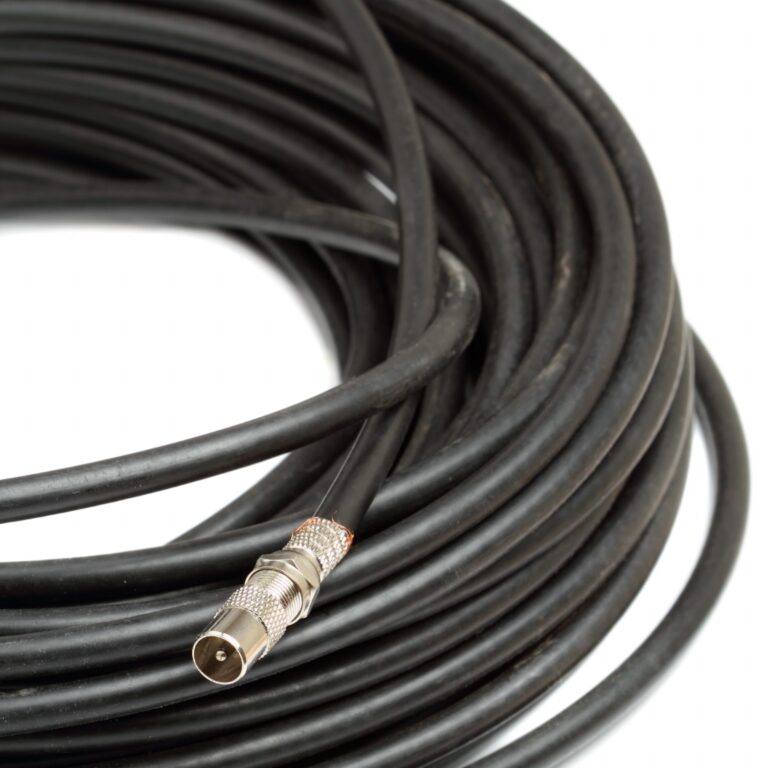
Cable MSOs Charter Communications and Comcast both saw strong growth in their mobile businesses during the second quarter, with each cable company reporting net mobile customer additions greater than 300,000 and outperforming host network Verizon, which added 12,000 postpaid phone lines during the second quarter.
Charter reported net mobile line additions of 344,000 and now has more than 4.3 million mobile lines. The company has grown that figure by nearly 50% in the past year. Chairman and CEO Tom Rutledge said that the company’s mobile business is “growing at an extremely rapid pace” and is the fastest-growing mobile provider in the US
Charter lost 21,000 internet customers during the second quarter, which it said was due to the end of the Emergency Broadband Benefit service subsidy program. EBB was replaced by the Affordable Connectivity Program (ACP), but not all of the EBB customers continued their service or met the requirements for the ACP, Rutledge said.
Charter’s mobile revenue for the quarter was $726 million, of which $299 was device revenue. Consolidated Q2 revenue for the company was up 6.2% year-over-year. On capital expenses, Charter spent $2.2 billion, including $357 million as part of design and other preparation for its rural construction initiative, Rutledge said. Charter spent $95 million on mobile-related capex, which Rutledge said included both back-office systems expenses and wireless offload construction. Asked about that offload-related spending and Charter’s CBRS plans, Rutledge told analysts that “We haven’t actually begun to offload on the CBRS yet in a commercial way” and for now, continues a Wi-Fi-first offload strategy while looking for “potential success of CBRS.” He said that Charter has a good MVNO relationship “and an opportunity, if we’re continuously successful, to make that even better by moving some of the … additional traffic on to WiFi and onto our own 5G CBRS network.”
Comcast, meanwhile, gained 317,000 wireless customers. The company also reported flat broadband additions that Chairman and CEO Brian Roberts said was due to lower activity in customer connections due to three factors: A “dramatic slowdown” in customers who are moving residences, a reversal of some pandemic trends such as higher demand for broadband and less mobile substitution, as well as increased competition, with Roberts specifically citing fixed wireless access.
He said that while Comcast believes that “there are likely to be significant long-term limitations” on FWA’s ability to compete for customers, “today’s excess capacity in wireless networks is creating what we believe to be a temporary opportunity targeted at value-oriented customers .” While said that Comcast isn’t seeing impact on customer churn, growth of FWA “appears to be another contributor to our lower connect activity,” said Roberts.
“We believe fixed wireless has inherent performance and capacity limitations that sharply limit the number of people on a network using a given amount of spectrum, which should provide a natural cap on their overall industry penetration,” he added.
Wireless revenue in the second quarter was up 30% driven mostly by service revenues, and Robert noted that the 317,000 net mobile line adds was a high-water mark for Q2 performance on that metric. Video and voice revenues declined by 2.4% and 12% respectively.